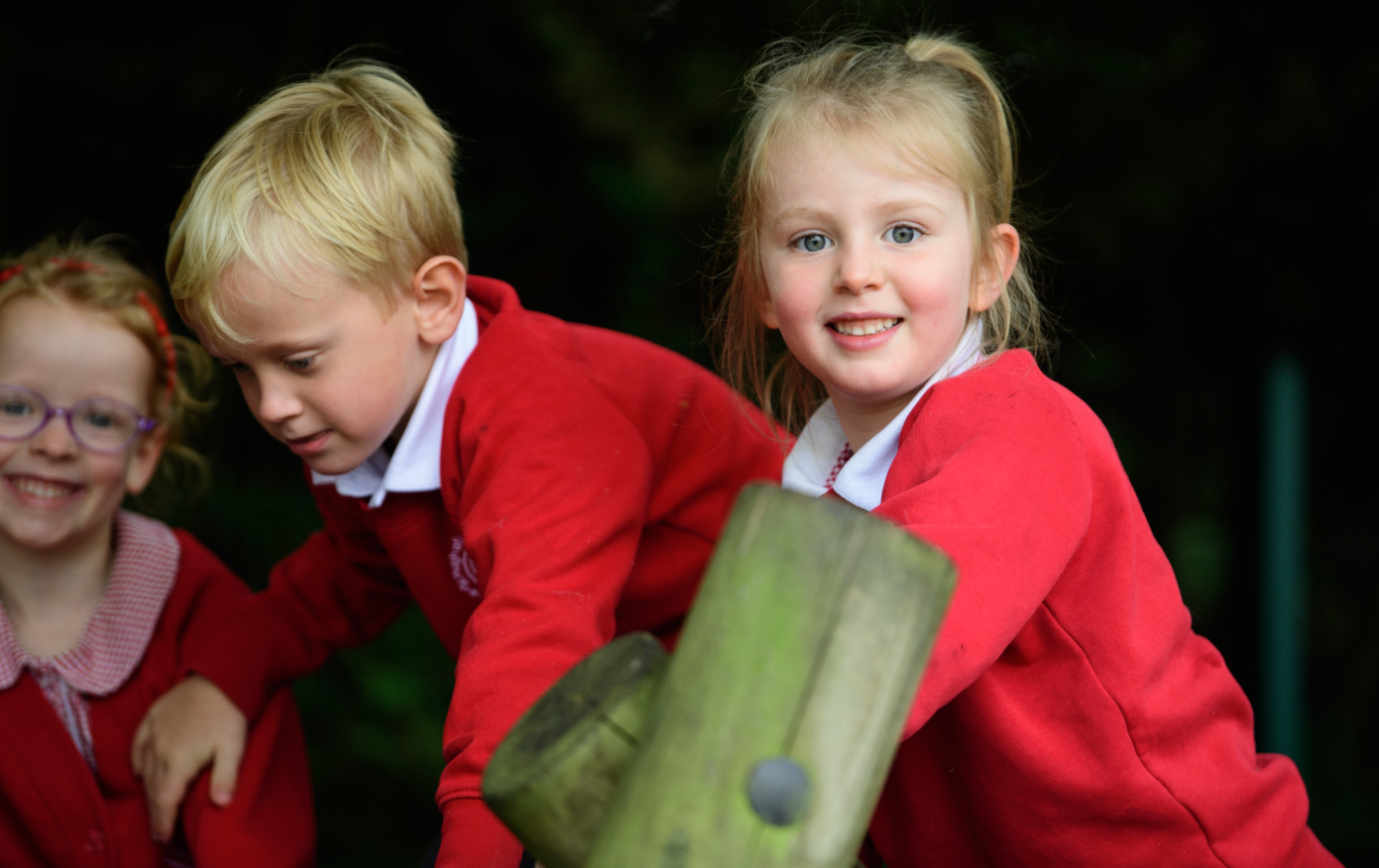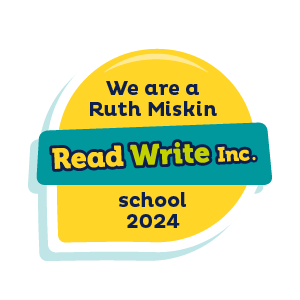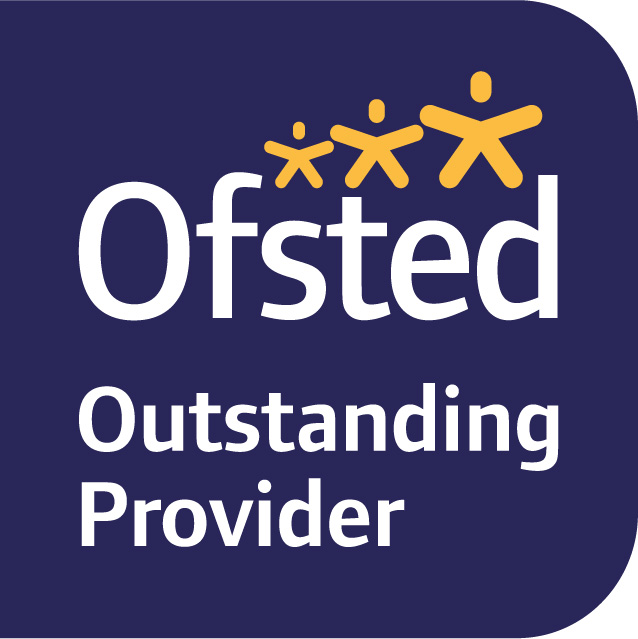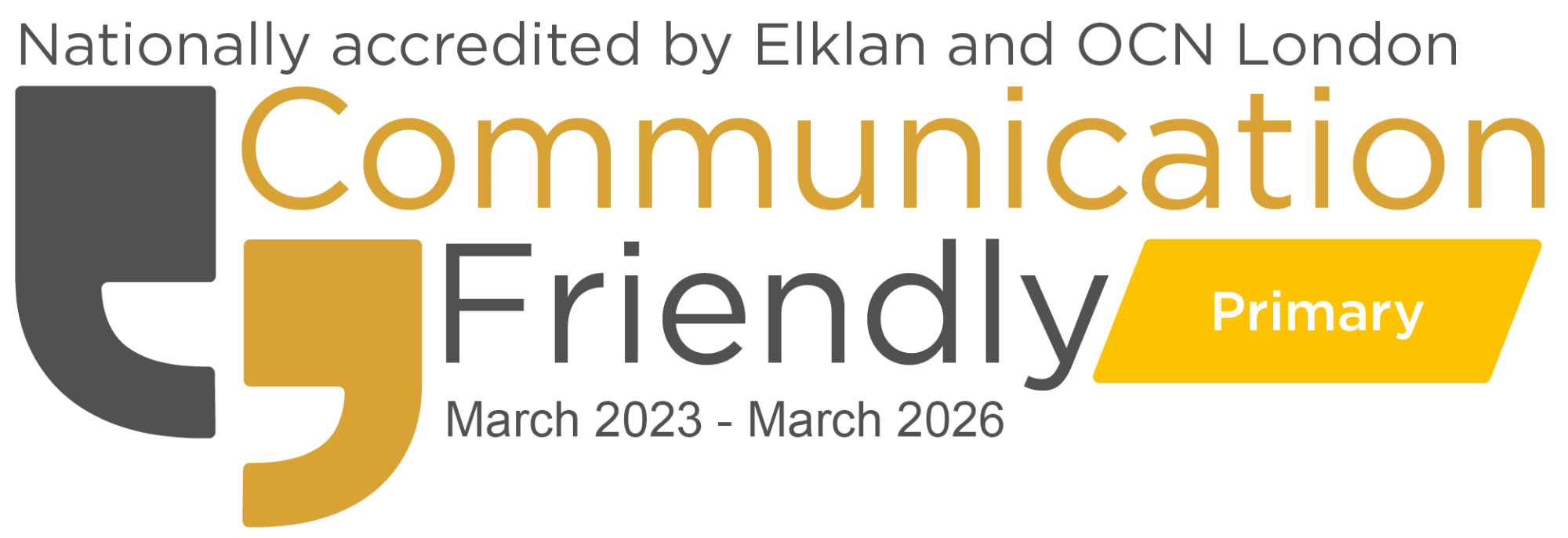EYFS
"In faith and love, we learn and grow."
Intent
At St Hugh’s, In the light of the new EYFS framework, Our Early years approach is to provide a Communication Friendly Environment which encourages and promotes positive and excellent communication with an emphasis on “using recently introduced vocabulary”. This approach focuses on the role of the environment in supporting speaking and listening skills, emotional well-being, physical development, and general engagement. We firmly believe that language is the foundation of all learning. We offer the opportunity for individual play and group play, ensuring children are given choices to make independently which in turn fuels their communication skills. There are many Interactive areas inside and outside where children can extend their play, use problem solving skills and work as a team to come to a solution. The children also have the opportunity to direct their own play and create scenarios that they have experienced before. Our intent is to provide an environment where children will become confident and proficient in communicating and developing language building skills. It is important to us that all children in the school are ‘safe’. We aim to educate children on boundaries, rules, and limits and to help them understand why they exist. We provide children with choices to help them develop this important life skill. Children should be allowed to take risks but need to be taught how to recognise and avoid hazards. We aim to protect the physical and psychological well-being of all children.
At St Hugh’s the children will begin to understand and own our Catholic identity, all their learning will have our mission statement at the core. “In faith and love we learn and grow”. Children will be encouraged to live this statement in their day-to-day learning.
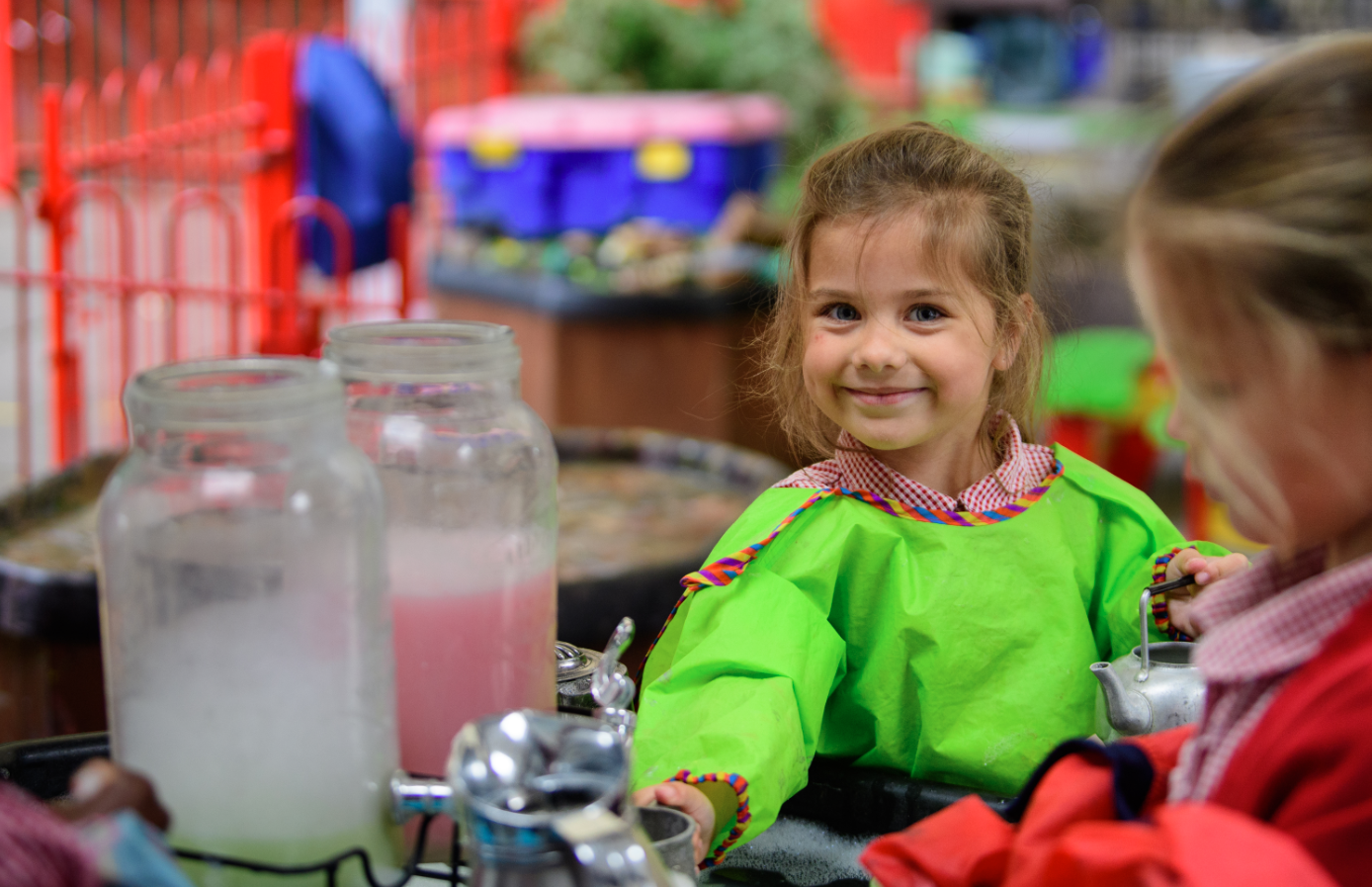
Implementation
The development matters documentation and The Statutory Framework for the Early Years Foundation Stage are used to provide a framework for the Early Years curriculum. There are seven areas of learning and development of which three are “prime areas,” and four “specific areas.”
The prime areas are;
- Communication and language
- Physical development
- Personal, social and emotional development.
The specific areas are;
- Literacy
- Mathematics
- Understanding of the world
- Expressive arts and design
All these areas are promoted through a stimulating communication friendly environment where children feel confident, safe, challenged and where children talk about their learning. The children have daily access to an indoor and outdoor learning environment that is set up in discrete areas of learning with planned continuous provision. Effective learning builds and extends upon prior learning following children’s interest.
Child initiated learning is paramount which is encouraged through free flow learning. Children direct their own learning from carefully planned opportunities provided by staff. Staff will enhance play and extend as needed to further individual learning.
We meet the needs of all our children through:
- Planning opportunities that build upon and extend children’s knowledge, experience and interests, and develop their self-esteem and confidence.
- Using a wide range of teaching strategies based on children’s learning needs.
- Providing a wide range of opportunities to motivate and support children and to help them to learn effectively.
- Providing a safe and supportive learning environment in which the contribution of all children is valued.
- Using resources which reflect diversity and are free from discrimination and stereotyping.
- Implement challenge through mastery approach planning and children will understand their learning objective with own their success criteria of being a ‘good learner’ or a ‘super learner’.
Changes to the Statutory Framework 2021 and how we have implemented the changes.

Communication and Language
With the new focus on ‘using recently introduced vocabulary’ at St Hugh’s we…..
- Use topic key words and develop language in different contexts
- Model the use of questioning to ensure that children are developing the skills of asking and answering appropriate questions.
- Build in time for conversations and discussion, allowing children to contribute to ‘back-and-forth’ conversations. Introduction of talk time after a lesson allowing for self-assessment and further language development and challenge.
- Encourage children to talk in full sentences, using the correct tense and with conjunctions by planning time for talking in one-to-one and group situations.
- Provide activities that have opportunities for discussion and explanations
English
With the focus on children being able to demonstrate their understanding of what has been read, on retelling, anticipating events and discussions at St Hugh’s we……..
• Provide opportunities for children to retell and retain stories and narratives through role play, puppets and small world opportunities linked to our key texts.
• Ensure that planning provides plenty of opportunities for children to explore a range of genres, including stories, non-fiction, rhymes and poems.
• Provide children with books that are consistent with their phonic knowledge.
• Plan for regular opportunities to become familiar with and learn common exception words.
• Phonics is assessed weekly 1-1 to track children’s progress towards naming a sound for each letter of the alphabet and at least 10 digraphs.

Maths
Shape Space and measure have been removed from the ELG’s, but at St Hugh’s we…..
- Plan ensuring that ‘the curriculum includes rich opportunities for children to develop their spatial reasoning skills across all areas of mathematics including shape, space and measures.’
- Planning has subitising, embedded from the very early experiences of number. Our communication friendly resources support subitising and are freely available for regular and irregular representations of number.
- Provide regular opportunities to practice automatic recall of number bonds to 5 and 10 and double facts. With talk time to ensure a solid understanding of the strategies and processes that have occurred.
- Provide opportunities for children to develop their understanding of numerical patterns, for example exploring odd and even numbers and doubles facts.
Physical Development
With a new focus on ‘strength, balance and coordination’, at St Hugh’s we…….
- In our communication friendly environment, provide rich resources such as cutlery, utensils, small parts, scissors and brushes.
- In talk time or in free flow adults will focus on ‘accuracy and care when drawing’.
- Ensure our Children will need to be supported with their pencil grip to achieve a tripod grip. We provide rich opportunities for fine motor development. Developing the muscles in the hand is the foundation to a good pencil grip. We use the nip, flip, grip method. (2636) How to hold a pencil - Nip, Flip, Grip Method (Tripod Grasp) - YouTube
Personal, social and emotional
The new focus is to set and work towards simple goals. At St Hugh’s we……….
- Model and practise talking about the goals the children wish to achieve and how they can do this by setting small steps.
- Work with children on self-regulation and how they can name feelings and learn strategies for dealing with them.
- Work together on class rules and why they are important. Instilling our mission statement “In faith and love we learn and grow.”
- Create opportunities for developing perseverance and resilience, such as problem-solving activities and opportunities.
- Support children to follow instructions that involve several ideas or actions by building on from one step instructions and using visual clues to sequence instructions.
Understanding the world
- Provide age-appropriate texts available in your setting that will encourage discussions about past and present.
- Provide age-appropriate texts and maps available that focus on the local area and life in other countries.
- Invite visitors in, developing children’s understanding of their local area, the roles and lives of people around them and the different cultural and religious communities.
- Link between Understanding of the World and Communication and Language when teaching past tense especially in talk time.

Expressive arts and design
Our communication friendly environment supports the children to ‘explaining the process they have used’, at St Hugh’s we……..
- Provide opportunities for children to perform to peers, staff or parents.
- Model and encourage the thought process eg I have used….. because……
- Model and teach children how to use tools safely
- Encourage singing of rhymes poems and songs.
Impact
The impact of our communication friendly approach will be evident in the children’s ability to communicate, read, write, problem solve and develop their understanding of the world around them as they travel through the school. Children will improve their enquiry skills and have high expectations to talk about what they are learning.
Through careful assessments and observations, including information provided by parents and other settings, children’s development levels are consistently tracked by;
- Baseline assessment
- Consistent observations and careful questioning Effective planning is informed by observations of the children to ensure we follow their current interests and experiences. These observations are recorded in the children’s individual learning folders or in the whole class floor book.
- Constant communication and questioning with the children
- Teacher led and child led small step assessments through good learner/super learner success criteria.
- Phonic Phase 2/3/4 knowledge assessments throughout the year.
- Data collection, which informs our planning and interventions.
- Summative assessment in the final term directly related to Early Years Foundation Stage Profile.
- 2 parent evenings to discuss each child’s emotional physical and intellectual development.
- Yearly Individual Report on their child’s attainment and progress
During the final term in Reception, the EYFS Profile is completed for each child. The Profile provides parents and carers, staff and teachers with a well-rounded picture of a child’s knowledge, understanding and abilities, their progress against expected levels, and their readiness for Year 1.
Each child’s level of development is assessed against the early learning goals. The profile indicates whether children are meeting expected levels of development or emerging into expected. Year 1 teachers are given a copy of the Profile report together with a short commentary on each child’s skills and abilities in relation to the three key characteristics of effective learning. This informs the dialogue between Reception and Year 1 teachers about each child’s stage of development and learning needs and assists with the planning of activities in Year 1.
